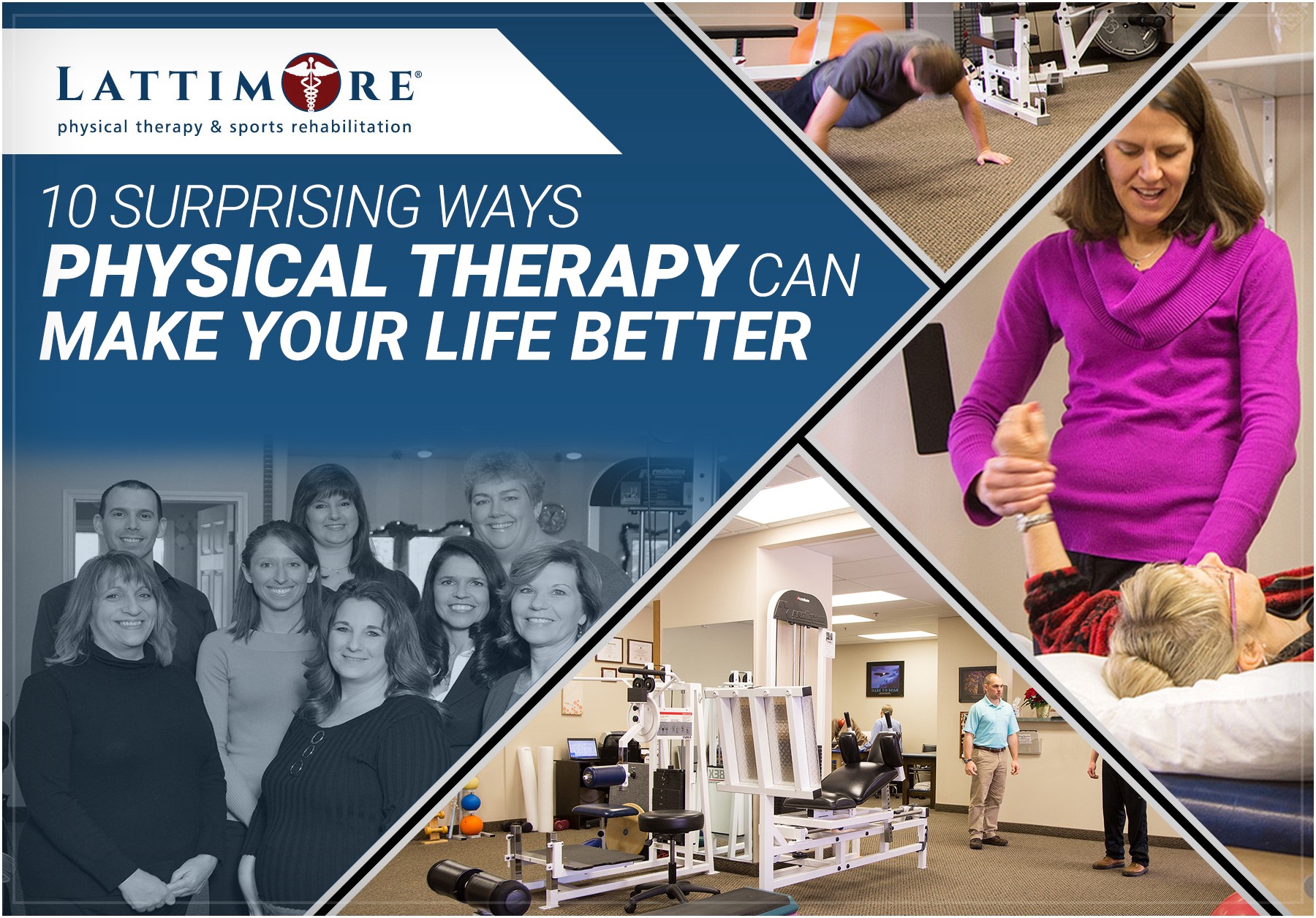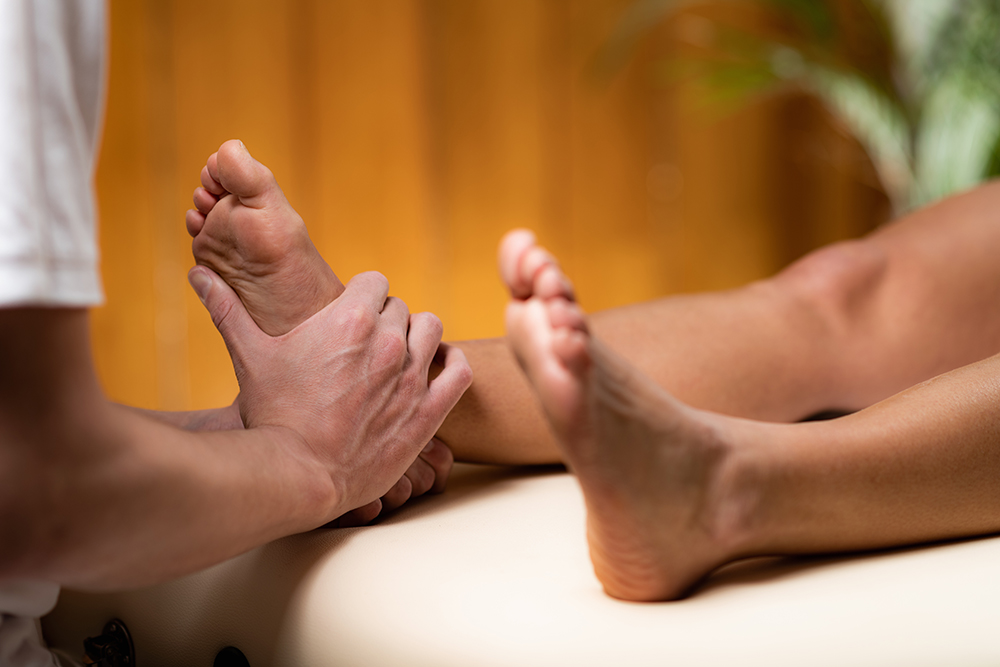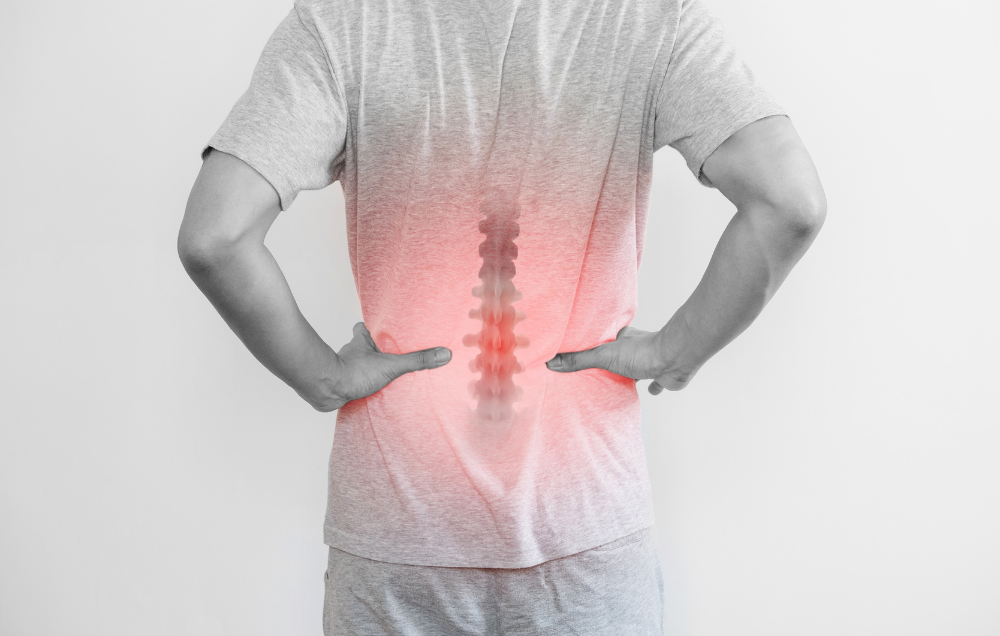*Note: This article applies to the physical therapy laws in the state of New York.
You’ve undoubtedly used salt to season your food.
But did you know that salt can be used to remove tea stains and to shine brass and copper? It’s multi-purpose.
So is physical therapy.
When you think of physical therapy, you probably think of it as a way to improve mobility and minimize pain. While those are common benefits, physical therapy can do much more.
Let’s check out 10 surprising ways physical therapy can make your life better.
-
Physical therapists can diagnose. While many people visit a physical therapist to heal an existing injury or condition, physical therapy can be proactive. In the state of New York, you can go directly to a physical therapist under a law that grants “Direct Access.” This means a physical therapist can diagnose your ailment (and save you a trip to the doctor).
-
Physical therapists create individualized treatment plans. When people get hurt, one of the first things they do is Google, “Pain in lower back,” Then, they often say, “My neighbor had the same injury, so I’ll just do what she did.” We get it. You want to save money and be self-sufficient, but you can’t be your own doctor. Diagnosing and treating yourself can be costly. Only a physical therapist can create an individualized treatment plan to fit your unique needs.
-
Physical therapy promotes wellness and teaches proper exercise.Physical therapy is educational. Unlike a WebMD article or an over-the-counter painkiller, physical therapists teach you how to properly care for your body and equip you with valuable information and tools. Patients learn how to exercise properly to avoid recurring injuries or worsening impairments.
-
Physical therapy can improve balance and walking. Physical therapy can make you stronger, increase your mobility, and help you feel better. If you are recovering from an injury, it is important you gain your sense of balance to prevent falling or injuring yourself further. Physical therapists teach exercises that help improve balance and coordination to improve walking and other daily activities.
-
Physical therapists assist with neurological problems. Physical therapy is essential following a neurological injury or the diagnosis of a chronic disease. Adults and children experiencing neurological disorders resulting from strokes, multiple sclerosis (MS), Amyotrophic Lateral Sclerosis (ALS), cerebral palsy, and other conditions benefit from physical therapy. Through rehabilitation exercises and education, patients can regain movement and the ability to perform certain activities.
-
Physical therapy prevents symptoms and the progression of impairments. Without proper medical care, many diseases, disorders, conditions, and injuries get worse. Physical therapy treatment is a way to eliminate symptoms and slow the progression of long-term conditions. Effective physical therapy not only helps you heal, but avoid injuries in the future.
-
Physical therapists can perform differential diagnosis. Differential diagnosis is the process of distinguishing a particular disease or condition from others that present with similar symptoms. Simply put, you may think you have an orthopedic or musculoskeletal injury or condition, but that’s not actually the case. For example, a physical therapist can differentiate between someone who thinks they are experiencing lower back pain, but in actuality, they have a kidney or liver condition.
-
Physical therapy helps patients avoid invasive surgeries. Physical therapy can help you avoid unnecessary, costly, and invasive surgery. While many people engage in physical therapy after a surgery (as rehabilitation), many others use physical therapy as an alternative to invasive and costly surgeries. Physical therapy can be just as effective as surgery for injuries including meniscal tears and knee osteoarthritis, rotator cuff tears, spinal stenosis, and degenerative disk disease.
-
Physical therapy helps patients avoid prescription medications. Just like you can avoid costly surgeries, physical therapy can replace the need to purchase and consume expensive prescription medications. The American Physical Therapy Association (APTA) discusses how physical therapy can be an alternative to opioid prescriptions, especially when opioids are prescribed to mask pain, rather than heal the actual injury.
-
Physical therapy can save you time and money. If you visit an orthopedic doctor or pain specialist, costs can quickly add up. From the initial consultation to requested imaging, prescribed medications, and possible surgery, the total cost of seeing a doctor can exceed the cost of seeing a licensed physical therapist. Relative to other medical treatments, physical therapy can be an affordable option.
Physical therapy doesn’t mask pain. It is a treatment option that addresses the underlying cause of your injury or condition.
Physical therapy is an effective treatment option for millions of people. Physical therapists play a valuable role in educating patients and creating treatment plans to improve your life.
The Lattimore Physical Therapy & Sports Rehabilitation Network was founded by Physical Therapists John and Cindy Shuman in 1992. Since then Lattimore has grown to 20+ locations in 4 different counties.
What’s unique about Lattimore is our patient experience. We tailor your 1:1 treatment around your individual needs, conditions and goals. With us, you’re more than just a number. You’re a member of our local community and we’re invested in your success. Call 1–888-PT ROCHS to experience The Lattimore Way!
Follow us on social media
If you enjoyed this blog, please share with your friends!





